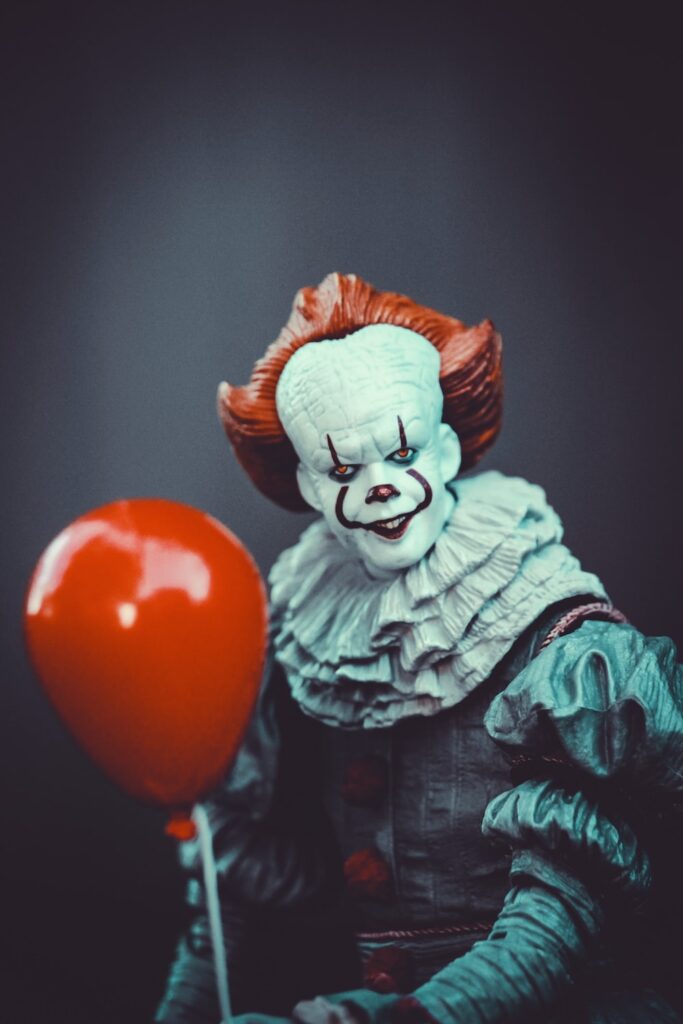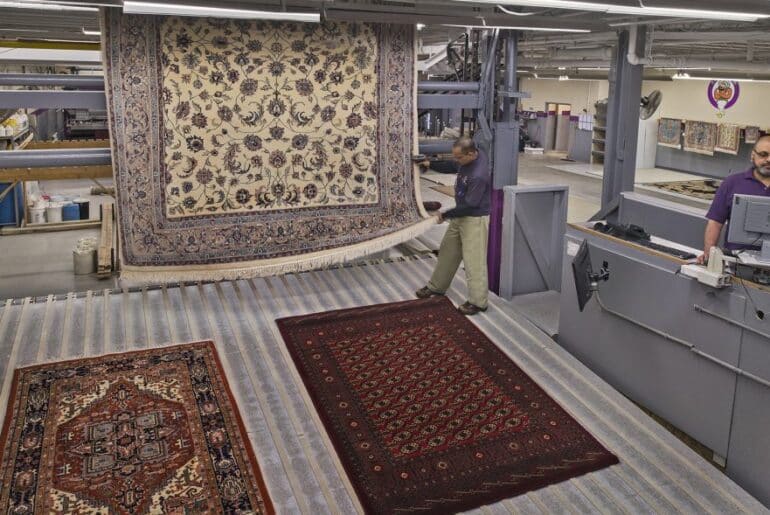In the world of literature, words paint vivid images in the minds of readers. Yet, the power of spine-chilling sketches should not be underestimated, especially when it comes to the horror genre. A horror artist plays a pivotal role in bringing terror to life on the pages of books. In this article, we’ll delve into the eerie world of horror illustration and explore how these artists can make or break the success of your spine-tingling tales.
The Haunting Visuals of Horror
Horror’s Unique Allure
Horror has an undeniable allure for readers and moviegoers alike. It taps into our primal fears, offering an adrenaline rush unlike any other genre. But what elevates horror from mere words on a page to an immersive experience? It’s the visual element. The spine-chilling sketches accompanying a horror story can evoke fear on a visceral level, amplifying the overall impact.
Creating Atmosphere
Horror illustrators excel at setting the stage for the eerie and the unknown. They use a combination of shadow, perspective, and grotesque imagery to create an atmosphere that envelops the reader. It’s not just about illustrating the scenes; it’s about making the reader feel like they’ve stepped into the darkest corners of the narrative.
Tapping into Imagination
Horror, at its core, thrives on the imagination. What we can’t see or comprehend often scares us the most. Talented illustrators harness this power by depicting just enough to ignite the reader’s imagination. A well-drawn monster lurking in the shadows can be far more terrifying than a detailed, over-the-top depiction.
The Collaborative Dance of Horror Authors and Illustrators
A Symbiotic Relationship
The relationship between horror authors and illustrators is one of symbiosis. They dance together to create a story that lingers in the reader’s mind. Authors provide the framework with words, while illustrators fill in the gaps with images that reinforce the narrative’s emotional impact.
Translating Words into Art
Authors often rely on suggestive descriptions to convey horror. Phrases like “a shadowy figure” or “an indescribable horror” leave much to the imagination. It’s the illustrator’s role to take these words and transform them into visual nightmares. When done right, this collaboration intensifies the reader’s experience.
Iconic Duos
Think of iconic duos in horror literature, like H.P. Lovecraft and H.R. Giger or Stephen King and Bernie Wrightson. These authors recognized the power of pairing their words with chilling visuals. The result? Stories that sear into the minds of readers and become classics of the genre.
The Artistry of Horror Illustrators
Mastery of Mood
Horror illustrators are masters of mood. They understand the importance of lighting, composition, and color palette in eliciting fear. The use of dark, brooding colors and dramatic lighting can create an atmosphere of dread that resonates with readers.
Character Design
Characters are at the heart of any story, and horror is no exception. Illustrators breathe life (or death) into these characters, making them instantly recognizable. A well-crafted villain or a hauntingly expressive protagonist can leave an indelible mark on the reader.
Monsters and Nightmares
One of the defining features of horror is the presence of monstrous entities. These creatures often embody our deepest fears and anxieties. The ability of an illustrator to manifest these horrors in a way that’s both grotesque and captivating is a true testament to their skill.
Evolving with the Genre
From Pulp to Pixels
Horror illustration has come a long way since its pulp magazine origins. While classic pen-and-ink drawings still have their charm, modern horror artists harness the power of digital media. This shift has allowed for more intricate and detailed illustrations that can be tailored to the story’s unique needs.
Cultural Sensitivity
As the genre evolves, so too do the expectations of readers. Horror illustrators must navigate the fine line between pushing boundaries and being culturally sensitive. Responsible representation of diverse characters and themes is essential to avoid alienating readers and perpetuating harmful stereotypes.
Subverting Expectations
Innovation is key to keeping the horror genre fresh. Illustrators can play a pivotal role in subverting expectations and introducing new elements of fear. They can challenge conventional depictions of horror and usher in a new era of terror.
Impacting Sales and Recognition
Judging a Book by Its Cover
It’s a cliché, but it’s true: readers often judge books by their covers. A striking, haunting cover can draw potential readers in, compelling them to pick up the book. Horror illustrators are the artists behind these covers, and their work can make the difference between a book languishing on the shelf and flying off it.
Building Brand Recognition
Consistency in horror illustration can help authors build brand recognition. When readers see the same artist’s work on multiple books, they begin to associate that style with a particular author or series. This can be a powerful tool in building a dedicated fan base.
Awards and Recognition
The impact of horror illustrators extends beyond book sales. Their work can garner awards and critical acclaim, elevating both the book and the artist to a higher level of recognition. Illustrations that push the boundaries of the genre or offer a fresh perspective often receive accolades.
Horror Illustrators in the Digital Age
Online Presence
In today’s digital age, horror illustrators have a platform like never before. Social media, online galleries, and personal websites allow them to showcase their work to a global audience. This exposure can lead to collaborations with authors and publishers from around the world.
Crowdfunding and Self-Publishing
The rise of crowdfunding and self-publishing has given horror illustrators more opportunities to work on unique and niche projects. Authors and artists can come together to create limited-edition, highly collectible books that cater to a specific audience.
Community and Collaboration
Online communities dedicated to horror illustration foster collaboration and skill-sharing. Artists can find mentors, peers, and fans who appreciate their work. This sense of community can be invaluable in an often solitary profession.
Finding the Right Horror Illustrator
Understanding Your Story’s Needs
Choosing the right horror illustrator begins with understanding your story’s unique needs. Consider the tone, themes, and atmosphere of your narrative. Different artists excel in different areas of horror, from supernatural to psychological.
Portfolio Assessment
Review an illustrator’s portfolio carefully. Look for a style that resonates with your vision for the book. Pay attention to their ability to convey mood and emotion through their work. A talented artist should be able to create visuals that complement your story.
Communication and Collaboration
Effective communication is key to a successful collaboration. Discuss your vision, expectations, and deadlines with potential illustrators. Make sure you share a common understanding of the project’s scope and goals.
Budget Considerations
Quality horror illustration is an investment. While it’s essential to work within your budget, remember that cutting corners on artwork can diminish the overall quality of your book. Find a balance that allows you to showcase your story in the best possible light.
Conclusion: Embracing the Darkness
Horror illustrators are the unsung heroes of the genre. They have the power to transform your terrifying tales into unforgettable nightmares that haunt readers for years to come. Whether you’re a seasoned horror author or just dipping your toes into the chilling waters of the genre, collaborating with a talented horror illustrator can elevate your storytelling to spine-tingling new heights. They bring life to the macabre, giving form to the formless and voice to the silent horrors that lurk in the shadows. In conclusion, as we embrace the darkness, let’s not forget to acknowledge and appreciate the illustrators who masterfully paint our fears and fantasies, making the unseen seen and the unimaginable terrifyingly real.
Please note: CharlieTrotters.com is reader supported. This page may contain affiliate links. If you buy a product or service through such a link we earn a commission at no additional cost to you.







